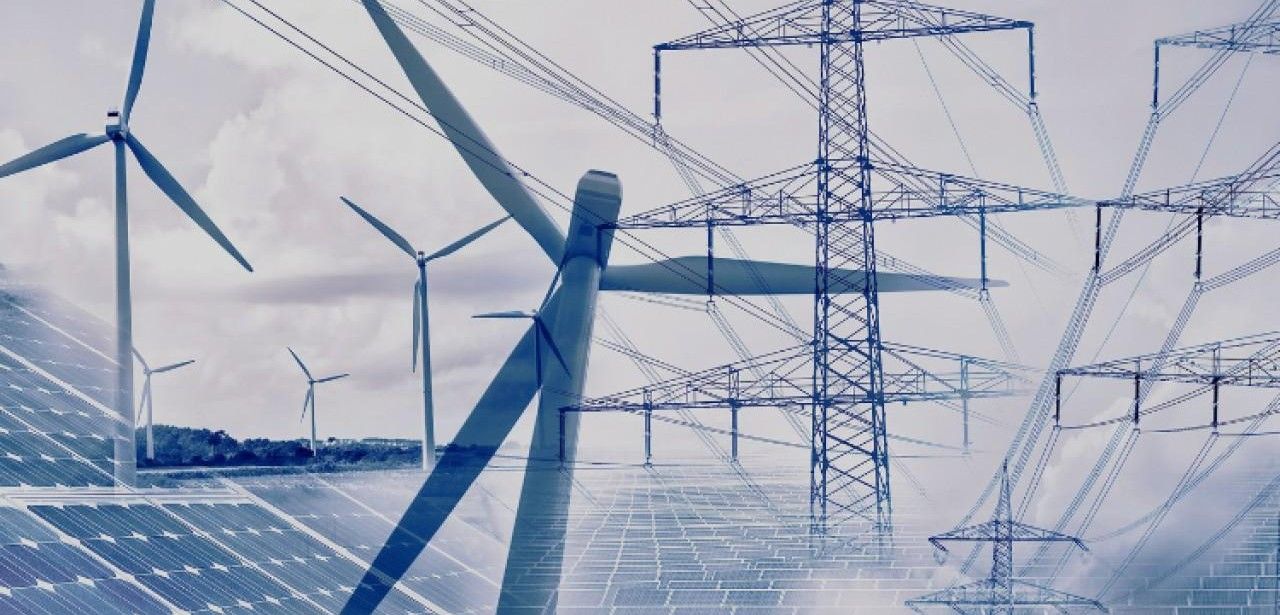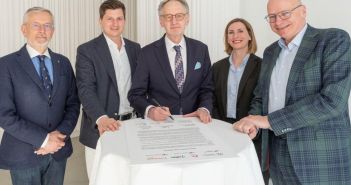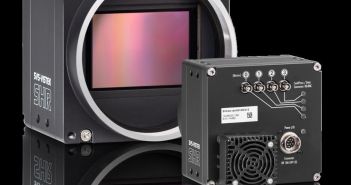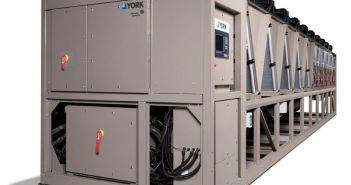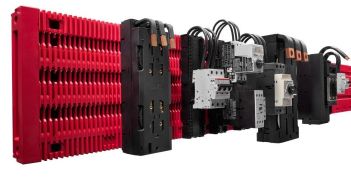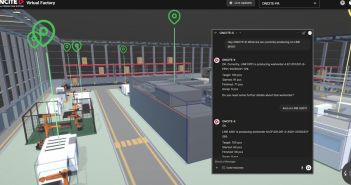The energy transition presents energy and water suppliers with increasingly diverse challenges. These include decentralized and irregular feed-in of electricity from renewable energy sources, higher electricity loads, and irregular consumption at electric charging stations. In order to meet these challenges and drive digitization, the 450 MHz radio network is proposed as a crisis-proof communication system.
Table of Contents: What awaits you in this article
Reliable long-distance communication with the 450-MHz wireless network
The 450-MHz radio network operates at a frequency of 450 megahertz, providing reliable communication over long distances of several kilometers. With its excellent penetration properties in buildings, it is particularly well-suited for use in remote areas. This enables remote monitoring and control of intelligent measuring systems, ensuring seamless communication in crisis situations.
450-MHz wireless network: Cost-effective solution for energy and water supply
The 450 MHz radio network requires relatively few radio masts compared to other mobile communication technologies such as 5G or LTE in order to ensure comprehensive and stable infrastructure. This is due to the favorable propagation properties of the technology. As a result, the 450 MHz radio network offers a cost-effective solution for energy and water supply.
Versatile Applications: 450MHz Network Enhancing Energy and Water Supply
The 450 MHz radio network offers numerous applications for energy and water supply. These include real-time monitoring and control of energy networks, integration of decentralized generation and consumption units, remote reading of smart metering systems, and fault management and crisis response in emergencies. The robust communication between utility companies, emergency services, and other stakeholders enables swift coordination of measures to resolve disruptions.
450-MHz-Funknetz: Versatile Standards for User-Specific Needs
The 450-MHz radio network offers different standards that meet the specific needs of users and the available network resources. LTE-450 MHz allows for higher data transfer rates and more efficient spectrum utilization, while CDMA 450 MHz provides robust voice communication and basic data transfer services. The choice between the two standards depends on individual requirements.
Expansion of 450 MHz wireless network crucial for critical infrastructure communication in Germany
The expansion of the 450-MHz radio network in Germany is of strategic importance to ensure comprehensive and secure communication for energy supply, emergency services, and other critical infrastructures. The 450connect GmbH is driving the expansion and offers voice and data services in this frequency band. There are also international efforts to promote the radio network.
The 450-MHz wireless network provides significant advantages for energy and water supply. It allows for crisis-proof communication, efficient monitoring and control of networks, and improved supply security. With its low infrastructure requirements and various application possibilities, the 450-MHz wireless network offers a cost-effective and reliable solution for the energy transition.


